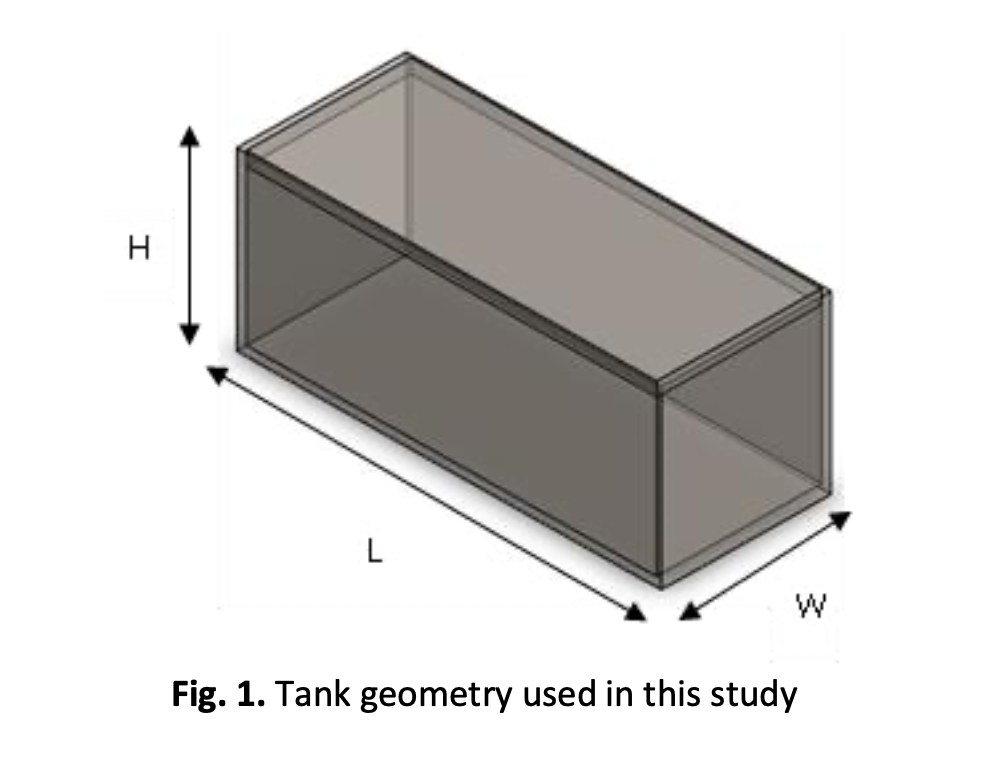Hydrodynamics Analysis on Liquid Bulk Transportation with Different Driving Cycle Conditions
DOI:
https://doi.org/10.37934/arfmts.100.1.137151Keywords:
Bulk liquid, Computational Fluid Dynamics (CFD), driving cycle, flexitank, hydrodynamics, sloshing, transportationAbstract
Liquid bulk transport is one of the most important modes of fluid package transport, whether by sea or land. Flexitank has recently attracted the attention of shipment companies as an alternative method of fluid transportation due to the benefits of cost effectiveness, large shipping capacity, environmental friendliness, and quick loading/unloading time. However, the industry reports some cases regarding the leakage of the flexitank during transportation. While the hydrodynamic behaviour of the flexitank during transportation may influence the tank surface leakage issue. Thus, this study aims to determine the suitable filling volume capacity on flexitank by using Computational Fluid Dynamics (CFD). Hydrodynamics performance such as wall shear stress, volume fraction, dynamic pressure, and slosh force will be analyzed on different filling volume capacities and driving cycles. The filling volume capacity analyzed in this study are 5%, 10%, 15% more, or less than the reference capacity, 24000 L, based on different driving cycles: city-suburban and freeway. The results indicate that varying the fill level capacity of the tank affected the liquid sloshing behaviour and hydrodynamic performance of the tank. The highest wall shear stress (WSS) occurs at a filling volume capacity of -15 % because it is increasing the wall shear stress by 80% (city-suburban) and 35% (freeway) than the reference value. Following that, both speed profiles with a +10 % filling volume have the dynamic pressure, reducing it by 60% (city-suburban) and 47% (freeway) compared to the reference value. Thus, the filling volume of +10% is recommended to be suitable for the flexitank. Hence, this study benefits liquid bulk transportation by increasing fill level capacity and optimizing hydrodynamic performance.
Downloads
































